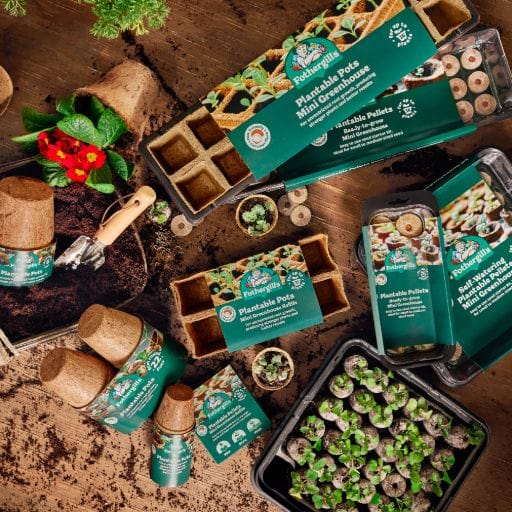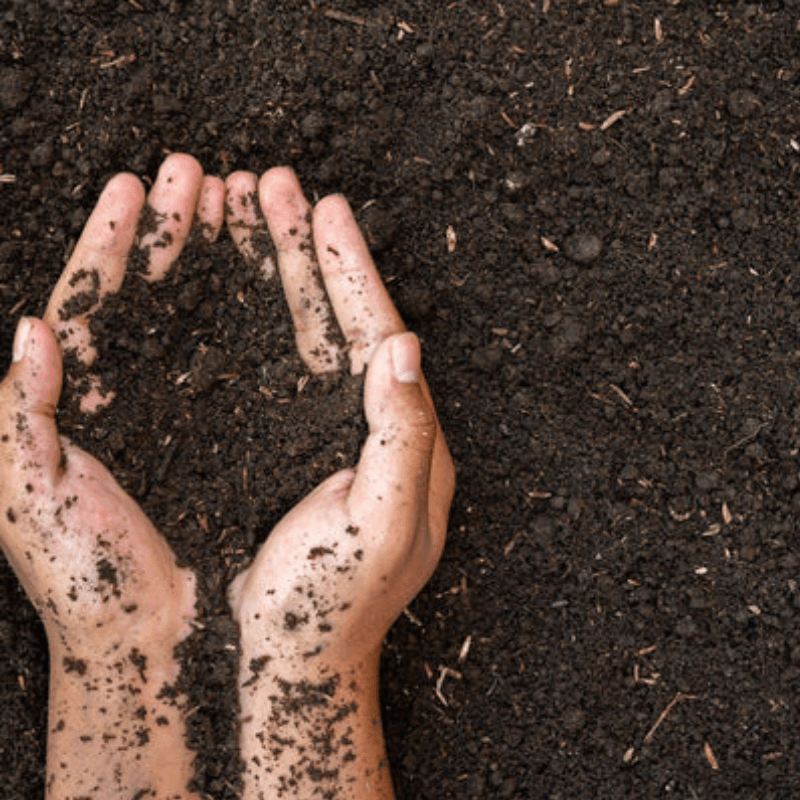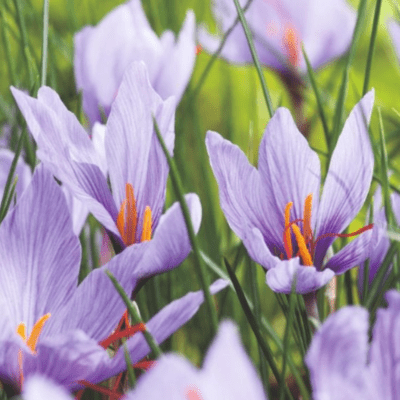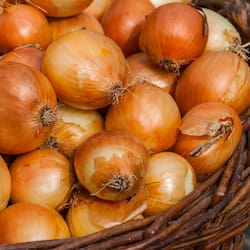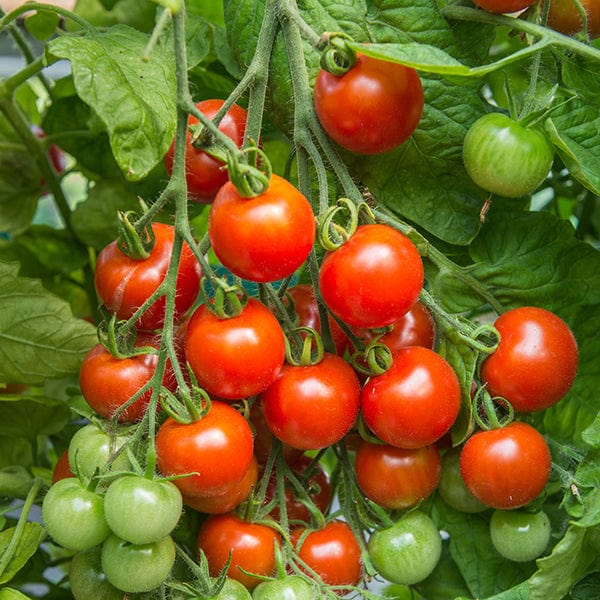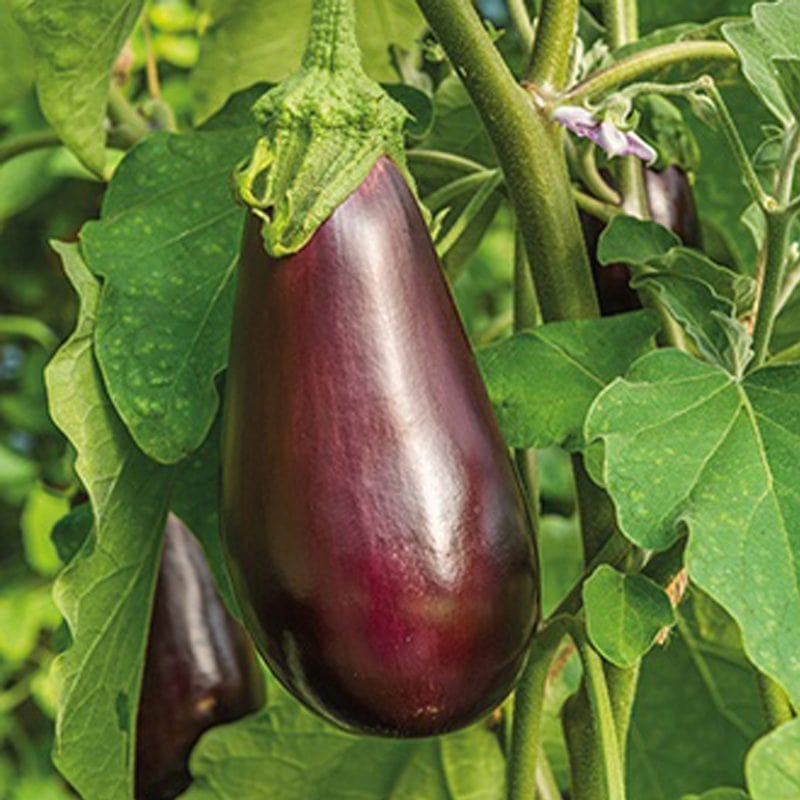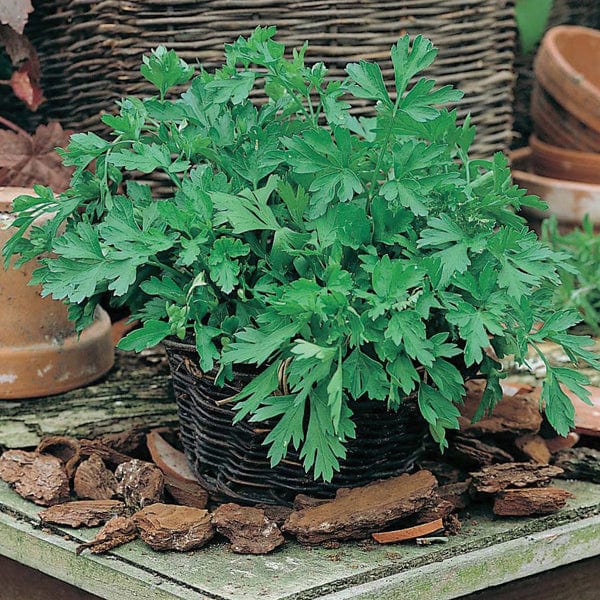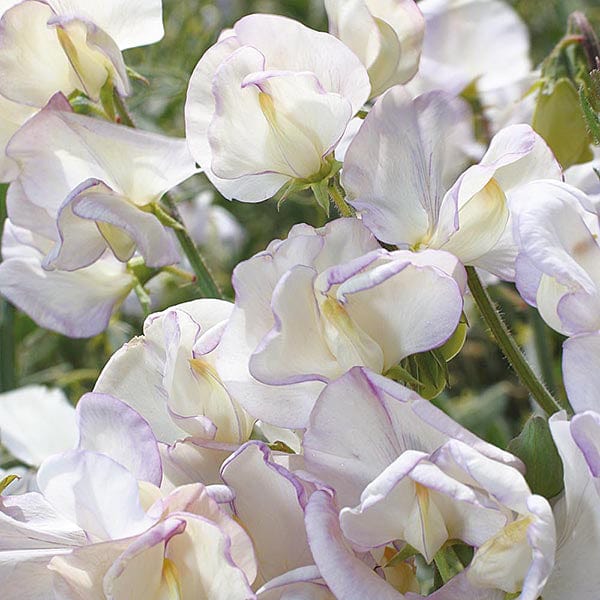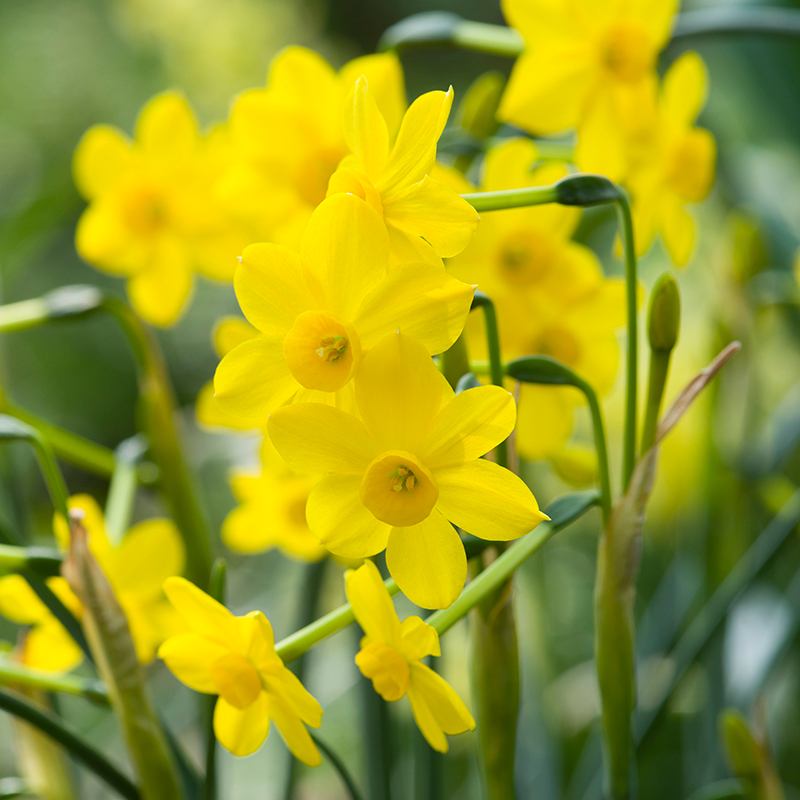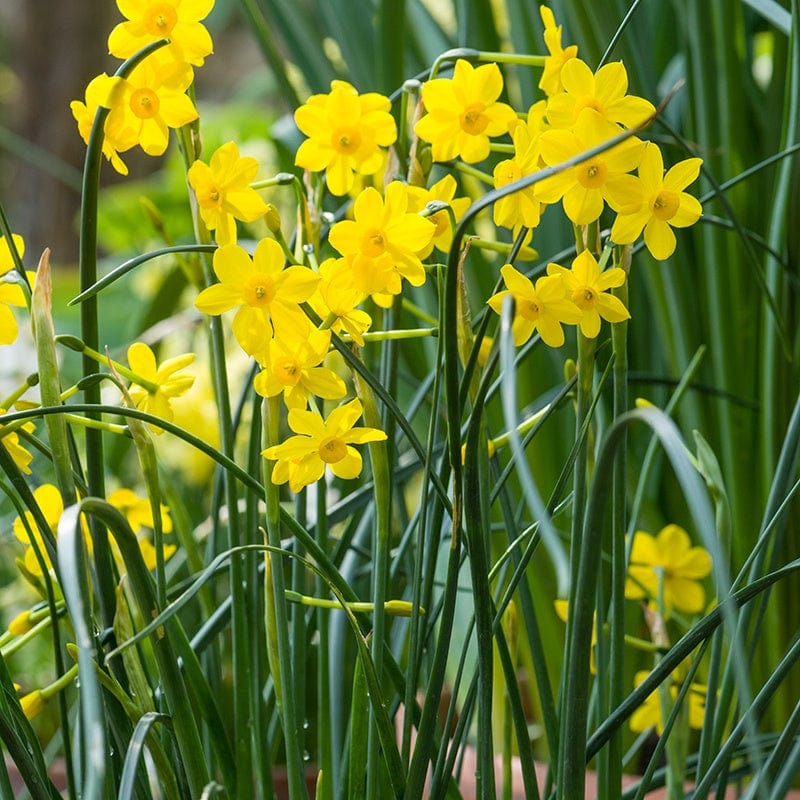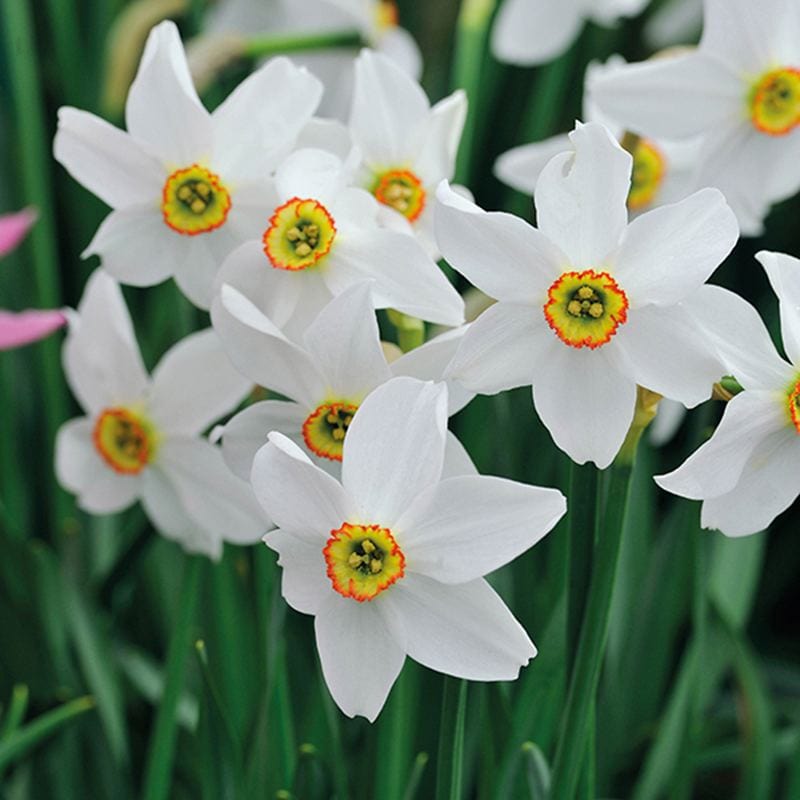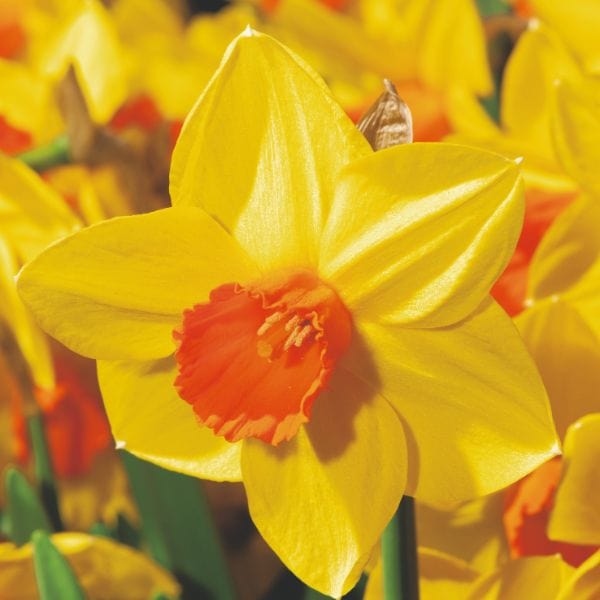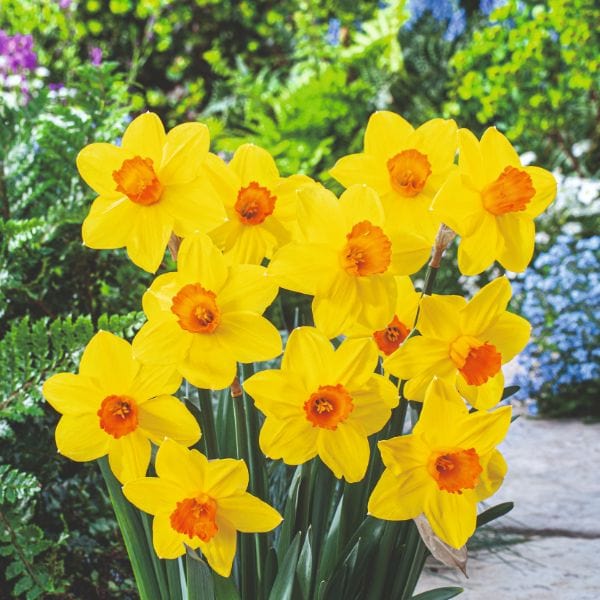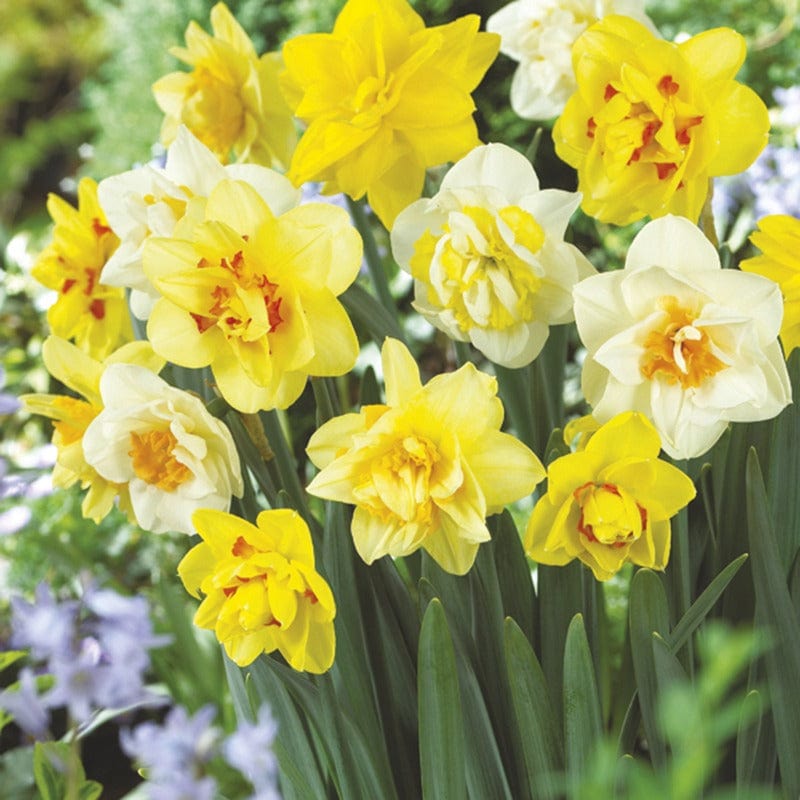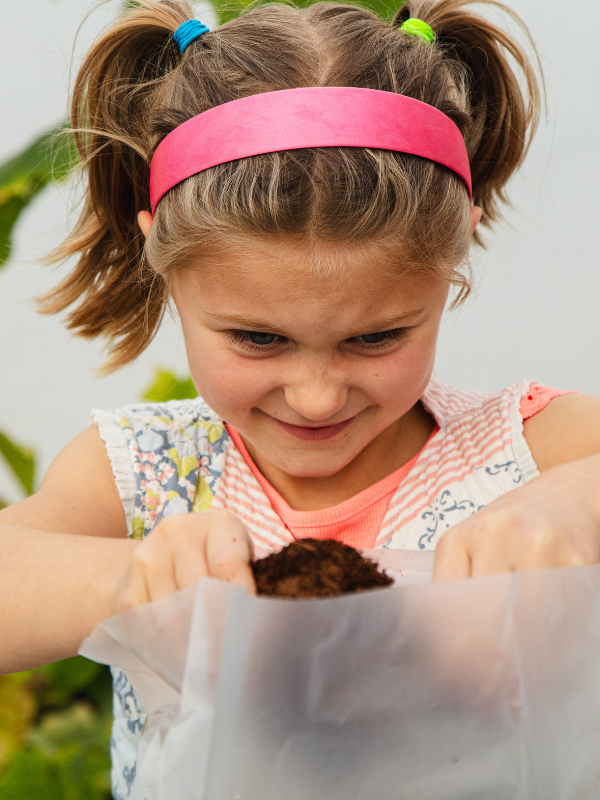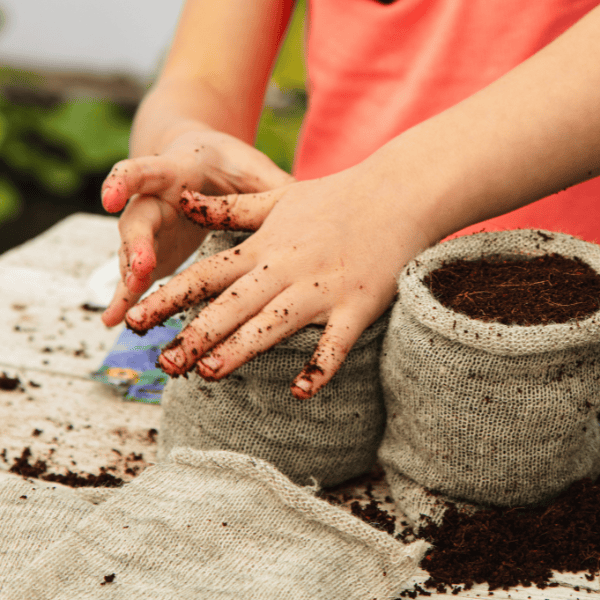When daffodil bulbs bloom into bright and beautiful flowers, it is one of the first signs that spring has arrived. It brings clearer skies, longer, warmer days, and a burst of vibrant colour to gardens. These cheerful blooms are one of the most reliable spring-flowering bulbs, returning year after year with minimal maintenance. They thrive in various garden settings, from flower beds and borders to containers and naturalised areas under trees.
However, while daffodils brighten up the garden, spring’s arrival also welcomes rain, humidity, and an increase in pests. Unfortunately, these pests see daffodils as a tempting snack, damaging their leaves, stems, and flowers. If you’ve been wondering, “What is eating my daffodil flowers?” this guide will help you identify the culprits and protect your blooms for a stunning spring display.
What is eating my daffodil flowers?
Despite their reputation for being toxic to many animals, daffodils are not entirely pest-proof. Here are some of the most common pests that damage daffodils, the parts they attack, and how to prevent them from ruining your blooms.
Slugs and snails
Slugs and snails chew ragged holes in daffodil leaves and occasionally nibble at flower petals. They’re attracted by damp conditions, often caused by rain, and the mulch around plants provides the perfect hiding spots.
Narcissus bulb fly
These flies are attracted by the scent of damaged or weakened bulbs and lay eggs at the base of daffodil plants. The larvae burrow into bulbs, causing wilting and stunted growth.
Aphids
Although rare, aphids can suck the sap from daffodil leaves and stems, weakening the plant and spreading viruses, as soft new growth provides an easy food source for them.
Squirrels and rodents
While daffodils are toxic, some curious squirrels and rodents still dig up bulbs out of habit, often destroying them in the process. Daffodil bulbs can resemble other edible ones, and disturbed soil piques their curiosity.
Protecting your flowers from pests
Now that you know what’s eating your daffodils, here are some tried-and-tested ways to keep them safe:
- Create physical barriers: Use copper tape, crushed eggshells, or fine gravel to deter slugs and snails from reaching your plants. Our garden equipment, including netting or cloches, can prevent rodents from digging up bulbs.
- Encourage natural predators: Ladybirds, lacewings, and ground beetles help control aphid populations, while birds and hedgehogs will happily feast on slugs.
- Use organic repellents: Garlic sprays or soapy water can deter aphids, while coffee grounds and wool pellets can help keep slugs and snails at bay.
- Choose resistant varieties: Some daffodil varieties, such as Narcissus Actaea and Dutch daffodils, are less susceptible to pests due to their strong scent and sturdy growth.
- Practice companion planting: Some plants naturally repel pests and can be grown alongside daffodils for added protection.
Let your daffodils thrive stress-free
Now that you know how to identify and prevent common daffodil pests, you can enjoy a vibrant, pest-free spring garden. With protective measures and careful flower bulb selection, your daffodils will continue to bloom beautifully year after year. If you’d like more information about planting these beautiful blooms this spring, read our article on how to grow daffodils.
Looking to add more variety to your flower beds? Explore our collection of flower seeds at Fothergill’s. Whether you prefer the elegant white petals of Narcissus Thalia, the layered golden beauty of Double Narcissus, or the fragrant charm of Narcissus Geranium (Tazetta), there are daffodil varieties for every garden.
If you have any questions about our daffodil bulbs or pest control products, be sure to contact us, and a member of our team will be happy to help.











